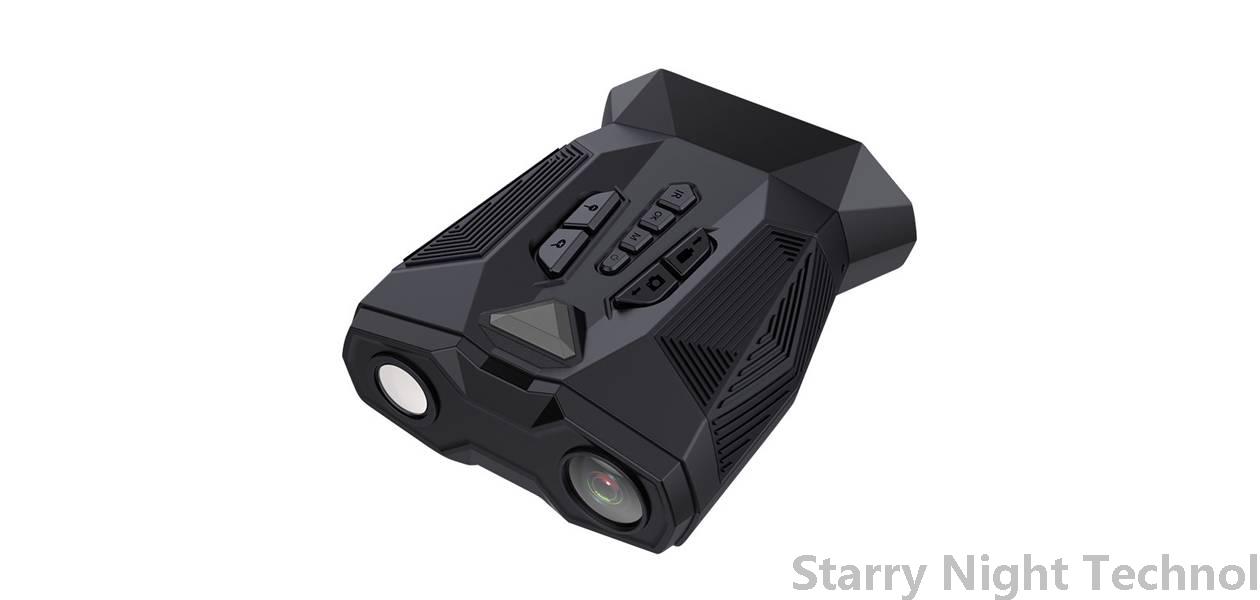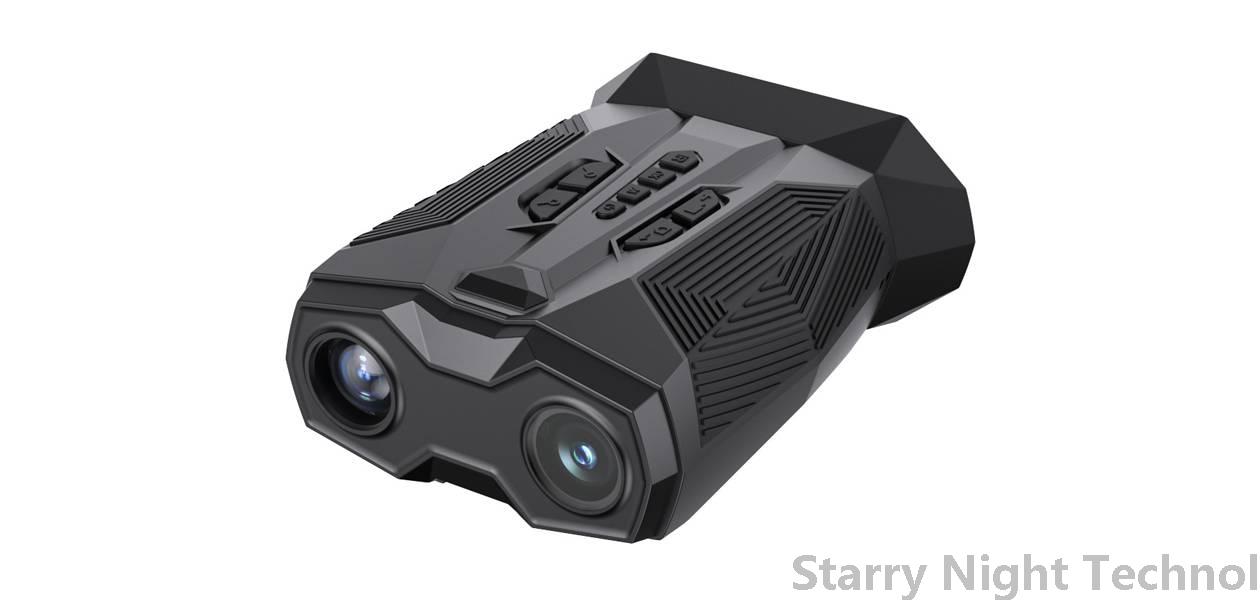"Exploring the Versatility of Night Vision Devices Across Military and Civilian Sectors"
1737115216000

Night vision technology has seen significant advancements since its inception, evolving from rudimentary designs into sophisticated devices capable of enhancing human sight in low-light conditions. Traditionally associated with military operations, these devices have found a broad range of applications across civilian sectors, from wildlife observation to security. This article delves into the various types of night vision devices, their applications, and the growing importance of these technologies in contemporary society.
## Understanding Night Vision Technology
Night vision devices primarily work by amplifying available light, such as moonlight or starlight. The most common technologies include:
1. **Image Intensification**: This method uses a tube to capture low levels of ambient light and enhance it. The device converts light photons into electrons, amplifying them before converting them back to visible light. Commonly used in military goggles and scopes, this type allows for clarity in complete darkness.
2. **Thermal Imaging**: Unlike image intensification, which relies on visible light, thermal imaging detects the infrared radiation emitted by objects. This makes it effective in total darkness and in conditions where visibility is compromised by smoke, fog, or rain. Thermal devices are widely used in various sectors, including search and rescue operations.
3. **Digital Night Vision**: This adult technology seamlessly blends optics and digital technology, using sensors to provide a clear image in low-light conditions. Digital night vision devices can also capture video and photographs, making them attractive for civilian use.
## Military Applications
Historically, the military has been the primary beneficiary of night vision technology, utilizing it to gain a strategic advantage during nighttime operations. Night vision devices enhance soldiers' situational awareness, enabling them to navigate and operate effectively in darkness.
- **Combat Operations**: Troops equipped with night vision goggles can effectively identify targets, navigate difficult terrains, and coordinate with comrades even in complete darkness. This capability is invaluable for reconnaissance missions and combat scenarios where stealth is vital.
- **Surveillance and Reconnaissance**: Military units utilize night vision for monitoring enemy movements and gathering intelligence. The ability to see in the dark can determine operational planning and troop placement, significantly enhancing mission success rates.
- **Search and Rescue Missions**: In military contexts, night vision devices facilitate search and rescue efforts, allowing soldiers to locate and retrieve injured personnel or lost equipment in low-light conditions.
## Civilian Applications
 - **Hunting and Wildlife Observation**: Enthusiasts and professionals in wildlife observation use night vision devices to study animal behavior without disturbing habitats. Hunting also benefits, with night vision scopes allowing hunters to spot and track game after sunset, complying with local regulations.
- **Hunting and Wildlife Observation**: Enthusiasts and professionals in wildlife observation use night vision devices to study animal behavior without disturbing habitats. Hunting also benefits, with night vision scopes allowing hunters to spot and track game after sunset, complying with local regulations.- **Security and Surveillance**: Night vision cameras and goggles are critical components of modern security systems. From monitoring properties and public areas at night to aiding law enforcement operations, these devices enhance safety while deterring criminal activity. They have become essential tools in residential and industrial security.
- **Search and Rescue Activities**: Outside the military realm, search and rescue teams, such as fire departments and emergency response units, employ night vision technology to locate individuals in distress. Its effectiveness in low-visibility conditions helps save lives, particularly in natural disaster scenarios or lost hikers.
- **Aviation**: Night vision devices are increasingly integrated into aviation, aiding both military and civilian pilots in navigation. These technologies enhance situational awareness and assist pilots in landing and taxiing in low-light conditions, improving safety.
- **Outdoor Activities**: Campers, hikers, and outdoor enthusiasts are leveraging night vision for nighttime exploration. The ability to see clearly after sunset enriches experiences and can provide safety in unfamiliar terrains.
## Challenges and Regulations
Despite its wide-ranging applications, several challenges surround the use of night vision technology. High costs can be a barrier to entry for some civilian users, resulting in a vibrant market for second-hand and budget alternatives.
Legal considerations regarding the purchase and use of night vision devices also play a role in their uptake. In many countries, regulatory frameworks dictate how and where night vision devices can be used, particularly concerning hunting laws and aviation regulations.
## The Future of Night Vision Technology
The future of night vision devices looks promising, with continuous innovations anticipated. As manufacturers explore integrating artificial intelligence and enhanced digital technologies, we can expect improvements in image quality and functionality.
Additionally, the rise of compact and lightweight designs could further enhance usability, opening new possibilities for applications in various outdoor activities, emergency response, and even routine surveillance.
Ultimately, the versatility of night vision devices signifies their critical role across military and civilian sectors. From safeguarding borders to enhancing personal adventures under the stars, these remarkable devices are bridging the gap between darkness and visibility, revolutionizing how we interact with the world after sunset. As we move into the future, night vision technology will continue to expand its influence, shaping the security, recreational, and scientific landscapes.
Night vision device cleaning productsStarry Night Technol

